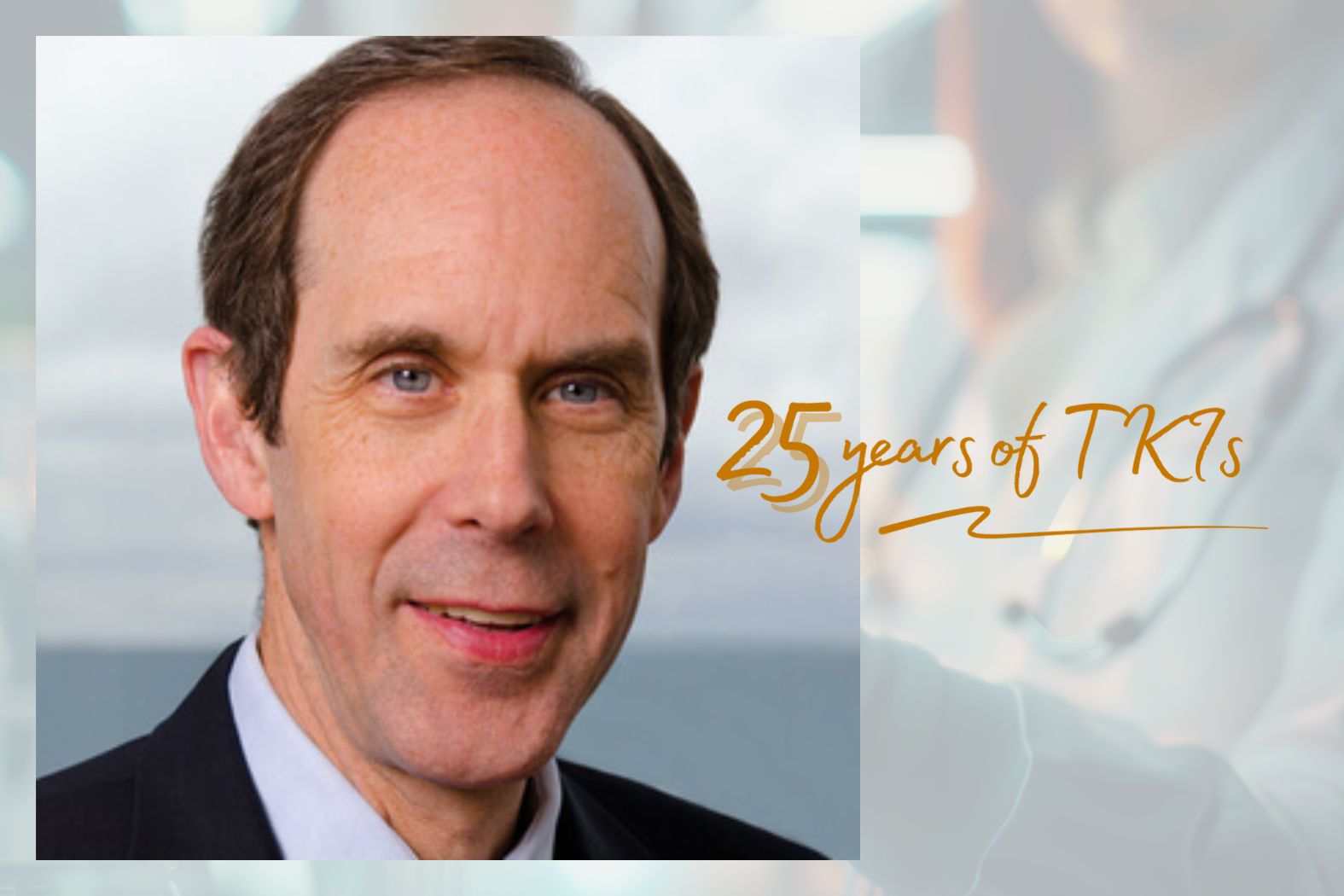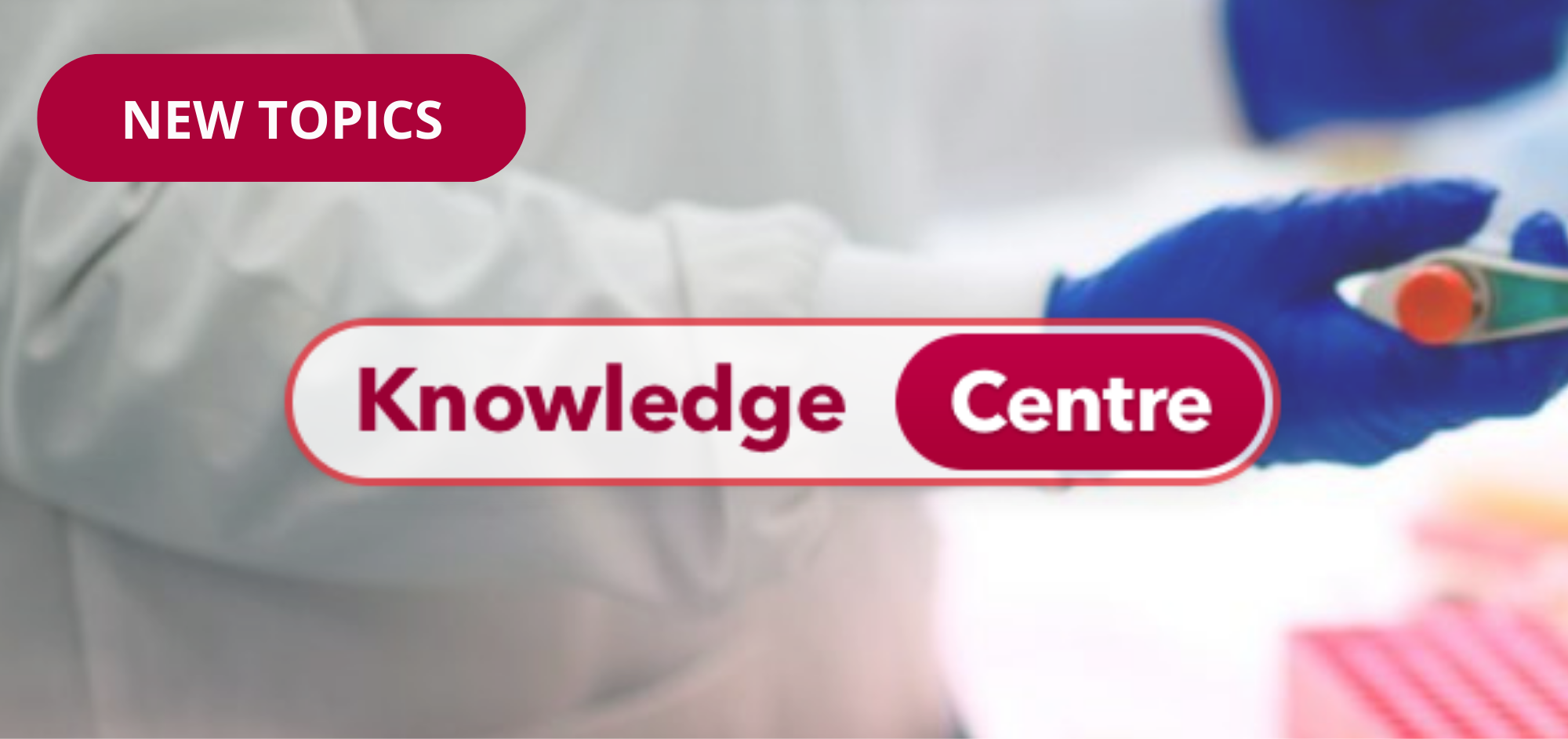 As part of the iCMLf’s 25 Years of TKIs campaign, we spoke to Dr. Brian Druker - whose work helped transform CML from a fatal disease to a manageable condition. He shared the moments that shaped this journey, the challenges along the way, and the hope that still drives him today.
As part of the iCMLf’s 25 Years of TKIs campaign, we spoke to Dr. Brian Druker - whose work helped transform CML from a fatal disease to a manageable condition. He shared the moments that shaped this journey, the challenges along the way, and the hope that still drives him today.
“This is doing exactly what I hoped it would do”
There were really two moments when I realised Imatinib could change everything. The first was in the lab. I had received a series of blinded compounds from Novartis - didn’t even know what they were - and set up a dilution curve against CML cells and normal cells. I had never done anything like it before. But one compound stood out. It killed the leukemia cells and didn’t harm the normal ones.
As I expanded the experiment, the effect became even more dramatic - over about a thousand-fold dose range. I thought, “Wow. This is doing exactly what I hoped it would do.”
Then came the moment in clinic, six months into the trial. Patients were reaching effective doses - 300mg and above - and their blood counts, which had been off the charts, were returning to normal. They were feeling great.
I remember a day when three patients in a row came in. Just months earlier, they’d been told to get their affairs in order. Now, their blood counts were normal. For the first time in years, they had hope for the future. They shared tears, and I shared tears. Some of those patients are still with me 25 years later.
Breaking through the barriers
There were a lot of challenges. First, nothing like this had worked before - people didn’t believe a single agent therapy for cancer could succeed. There were concerns about toxicity. But the biggest hurdle was financial.
If you did the math, it looked impossible. You’re talking about spending a billion dollars to develop a drug, with maybe 1 in 10 chance of success, for a rare disease. At best, people thought we’d treat patients for six months and maybe price it like interferon. Who would invest in that?
At one point, my colleague Nick Lydon - who had moved on to a biotech company - was interested in licensing the compound from Novartis. Ultimately, Novartis chose to run a small Phase I trial themselves. They weren’t planning for success, but when it worked, they had to scramble to make enough drug for Phase II. After that, things moved at lightning speed. The drug reached FDA approval in just over two and a half years - almost a record.
“You could hear a pin drop”
At the 1999 ASH meeting, I presented the results from the Phase I trial. The room was packed - over 10,000 people - and you could hear a pin drop. At the end, there was this eruption of applause. People realised this was a watershed moment.
We had a nearly 100% response rate, minimal side effects, and a drug that targeted the driver of a cancer. For decades people had talked about this approach - now here was the proof. After that, it hit every major news outlet. I even had a senior hematologist tell me he kept coming to my talks because it was one of his favorite stories.
The goal now: cure
When this all began, I thought we might cure people. I was a bit disappointed when we didn’t. But now we’ve turned CML into a manageable condition. Patients who used to be told they had three to five years to live are now expected to live a normal lifespan.
We’ve learned a lot. Thanks to the work of people like Charles Sawyers, we now understand how resistance happens - and developed second- and third-generation TKIs to overcome that.
We also know that around 20% of patients can stop treatment altogether. But we don’t yet know why only some can stop, or how to get more patients there. That’s the next step: moving from well-controlled to cure.
A community effort
I’ve been fortunate. I get messages from patients around the world - like the one I got last week from someone in Greece, thanking me for the life he’s now able to live. I’ve seen children from our early trials grow up, get married, have their own children. That’s the reward.
I also feel incredibly grateful to the CML community. When I was a young investigator, the leaders of the field - John Goldman, Rudiger Hehlmann, François Guilhot - welcomed me. That spirit continues in the iCMLf. It’s an organisation made up of the world’s experts, working together to ensure patients everywhere get the care they need.
That’s what drives me now: understanding disease persistence, helping more people reach treatment-free remission, and moving us closer to a cure. It’s been a journey - but it’s been worth it.
Check out our timeline, charting 25 years of TKIs: A Timeline of Progress










